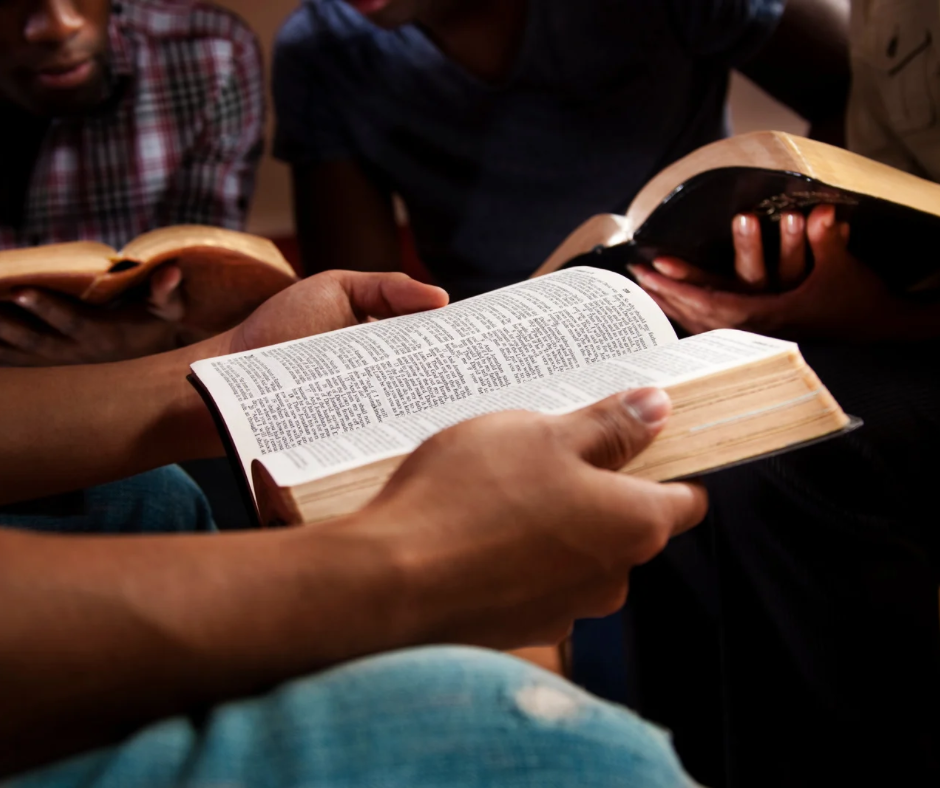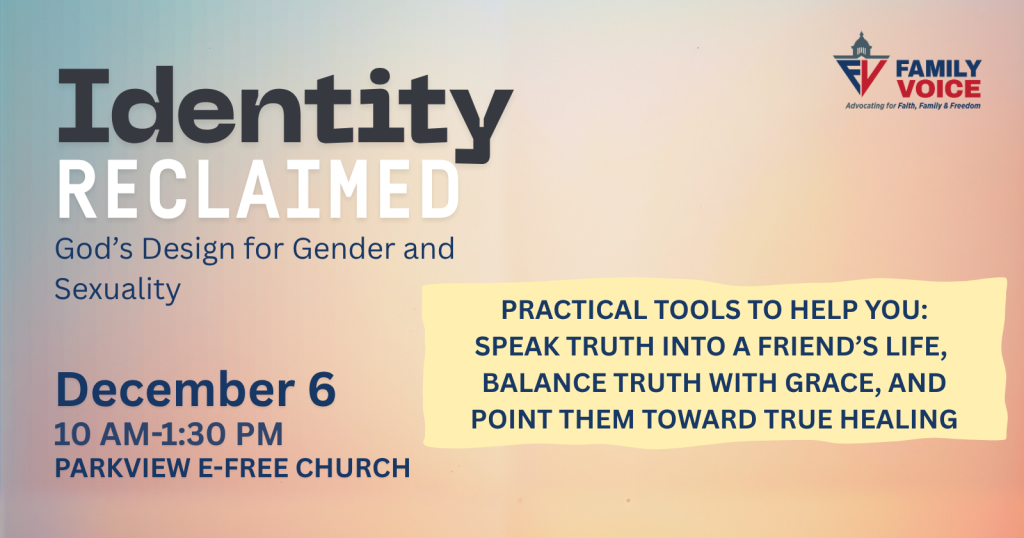Written by Grace Sargent
They’re not leaving the church. They’re leading it.
The death of Charlie Kirk served as a spiritual awakening for millions of people across the world, resulting in a significant spike in church attendance. Social media has been flooded by testimonies of even more young people coming to Christ, even atheists reconsidering their beliefs.
Bible sales have spiked in the last month as well— up 36% from the same month last year, according to the Wall Street Journal. Millions across the globe tuned in to his memorial service and heard the Gospel be shared numerous times by political officials and friends of Charlie. Pastors have dubbed the trend “the Charlie effect”.
While “the Charlie effect” has profoundly impacted culture as we know it, Gen Z was already changing the narrative.
“I always knew there was a higher power. I just didn’t know who He was,” said Gabby, my friend who lived in the dorm next door.
“I used to have homesickness and a lot of anxiety. He took it all away,” her roommate, Chloe, told me.
My friend Isaac started reading his Bible and eventually came to saving faith from watching a TikTok that shared the Gospel. He’s now sharing that faith with his family.
The same is becoming true of thousands of college students and Gen Z-ers across the country. A recent Barna study found that Gen Z has officially outpaced all older generations- Millenials, Gen X, Boomers, and Elders in church attendance.
According to the study, Gen Z is attending church 1.9 times per month, while other generations trail at 1.8 or less, Boomers and Elders at 1.4.
The proof is in the pudding. As a college student in eastern South Dakota, we have several campus ministries here at South Dakota State University- one of which draws over 1,000 students, Every. Single. Week. The “college section” at my little Baptist church is overflowing. Dawson Schroeder, former Family Voice intern, leads a Bible study that is too big for their meeting room. One of my long-time atheist high school classmates said she was interested in going to church because it was “trendy”.
But it doesn’t stop at SDSU. After doing some digging into campus ministries across the state, it wasn’t hard to see that the Barna study wasn’t just accurate—its statistics, while reflective of the US as a whole, were being blown out of the water by South Dakota Gen Z-ers.
College students attending Hillside Community Church in Vermillion, SD started their own campus ministry, Lighthouse, this year in hopes to cultivate community and relationships amongst their University of South Dakota peers.
On their night one launch, Cole Capauldo, one of the Lighthouse founders and USD student, said he didn’t know what to expect for numbers or retention, but had over 100 people show up. “He definitely has exceeded our expectations attendance wise, but I would also say with the discussions we’ve had following our messages… because what I’ve experienced is deep conversations where people are beginning to open up more and more, and you can just tell that people are curious about who Jesus is- people want to know Jesus.”
When asked about what he notices about Lighthouse attendees, Capauldo described them as, “Invested. People are invested in their faith and they want to know more about it, more about Jesus.”
The same is true for Oasis, a college and young adult ministry in Brookings. Over 1000 Gen Z aged people are showing up on a weekly basis to worship and hear a message. The ministry has 32 student-led small groups throughout the week as well.
Ela Bloyder serves on the Oasis leadership team and hosts a weekly girls small group in her home. “Girls that I didn’t know 3 months ago now know my deepest struggles and uplift me through them. I noticed that these girls are from all different walks of life. Some are seasoned Christians, others gave their life to Christ in the past year. But the beauty of it is we all learn from each other just the same.”
The “Charlie Effect” may have ignited a spark, but it’s clear that God is stirring something much deeper within this generation. As we’ve witnessed in South Dakota, young people are no longer quietly curious about faith—they’re boldly hungry for it. They’re showing up, asking hard questions, opening their Bibles, and inviting their friends. What once seemed like a distant dream for church growth is happening before our eyes.
But here’s the challenge: revival without discipleship fades. Ministry leaders must not only celebrate this surge but also steward it. Gen Z isn’t looking for bright lights or empty hype, they’re searching for authenticity, truth, and belonging. Churches that rise to meet this moment will be those who build real relationships, strengthen young leaders, and create spaces for honest conversation and growth.
Now is the time to move from observation to action. Equip mentors. Strengthen small groups. Bridge the gap between Sunday and everyday faith. The fields are ripe, and Gen Z is ready to harvest.
As Norman Woods said, “The church has the football. RUN!”
So run—run with vision, with urgency, and with hope—because the next generation is already on the field, and they’re waiting for the church to lead the way.





